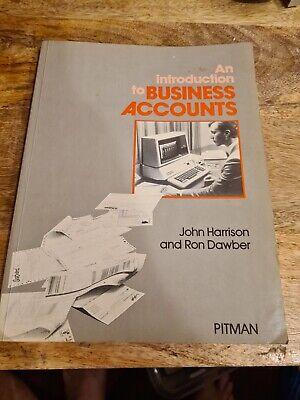Uber Profitable
When Travis Kalanick and Garrett Camp had trouble hailing a cab in 2008, their experience led to an idea that evolved into a transportation network company. Today, Uber offers a number of services that challenge the taxi industry. One of its services, UberX, offers low-cost options for reaching destinations. By linking individuals that need a ride with individuals that can offer a ride, Uber created an opportunity to avoid the issues Kalanick and Camp had years ago.
Uber has changed the way consumers obtain transportation.
Mr.Whiskey/Shutterstock
Uber fills a need and creates an experience in our busy, overscheduled lives. In order to help, consumers find a ride at the touch of an app; Uber requires satisfactory background checks as well as other criteria for its drivers. Uber imposes specific requirements on the vehicles in its fleet but does not own any of the vehicles. This model allows Uber to offer rides to consumers at significantly competitive prices compared to taxi drivers.
Uber is available in Ontario, Quebec, and Alberta, and has been a target for protests and legal actions around the world. In Toronto, the UberX was legally able to operate in early 2016. This decision followed a controversial debate that lasted for months. Toronto City Council reduced regulations for taxis while asking Uber to raise its base fare.
The ability to operate a taxi cab is limited to individuals that own licences. Taxi licences are so coveted that they are passed on from generation to generation. However, when UberX was introduced in Toronto, the price competition that arose created concerns. Taxi licences in Toronto fell from $360,000 to below $100,000 in 2014.
Because of the disparity between what Uber charged and what Toronto taxi drivers traditionally charged, Toronto City Council had to pass certain rules to create a more fair and more competitive landscape. The rules included compensation for taxi-plate owners who were impacted in a negative way by Uber.
Uber was able to create this disruption by understanding the relationship between the allocation of drivers and the liquidity of riders. Prior to the convenience offered by Uber, there were not enough drivers for the impatient supply of riders. The Uber app offers convenience and communications to make more connections between drivers and riders, allowing Uber to better understand and manage demand.
Questions
Should companies like Uber be permitted to disrupt their respective industries?
What other companies can you think about that created disruptions like Uber in their industries? How did they use demand, pricing, and convenience to their advantage?





